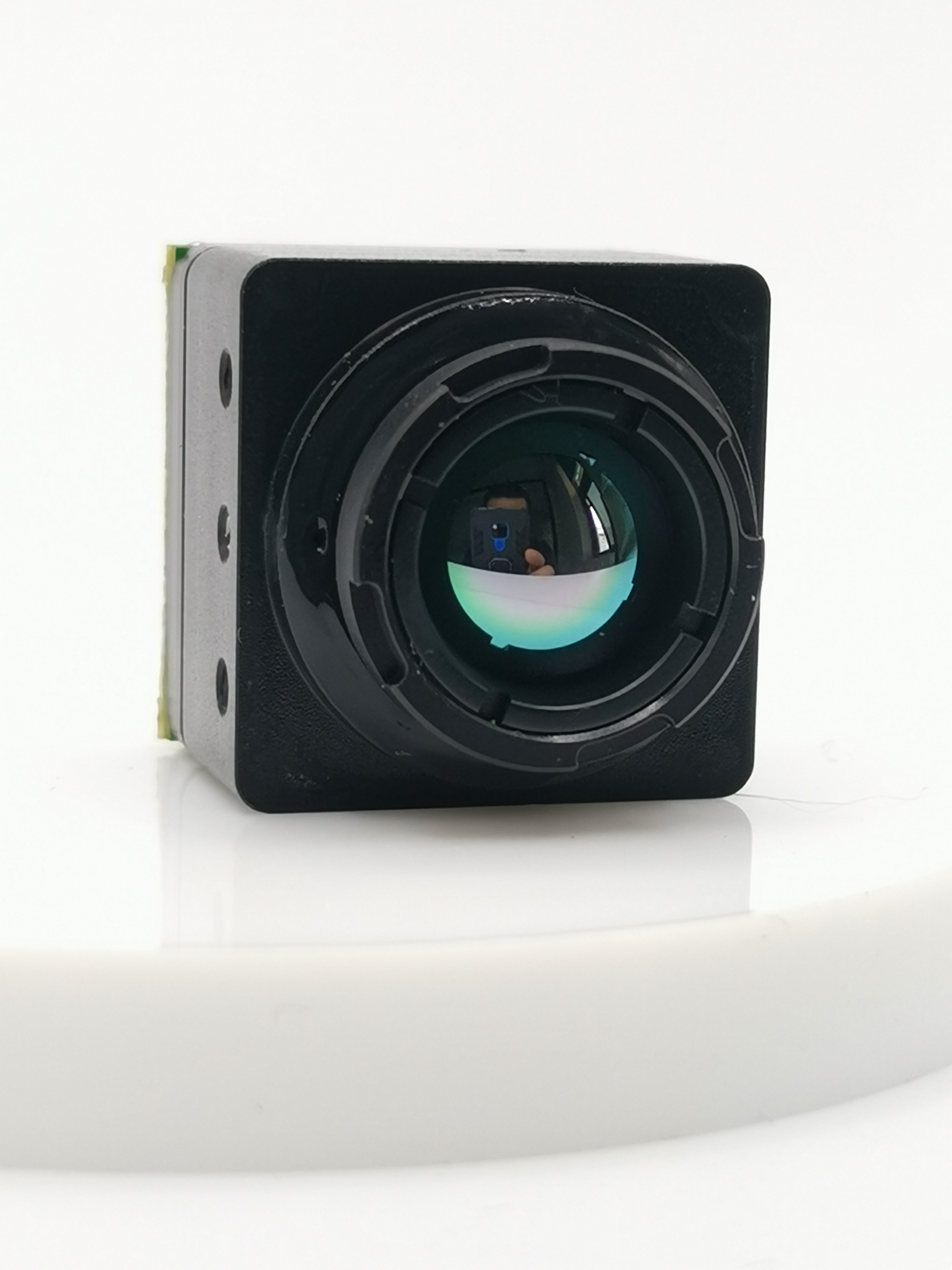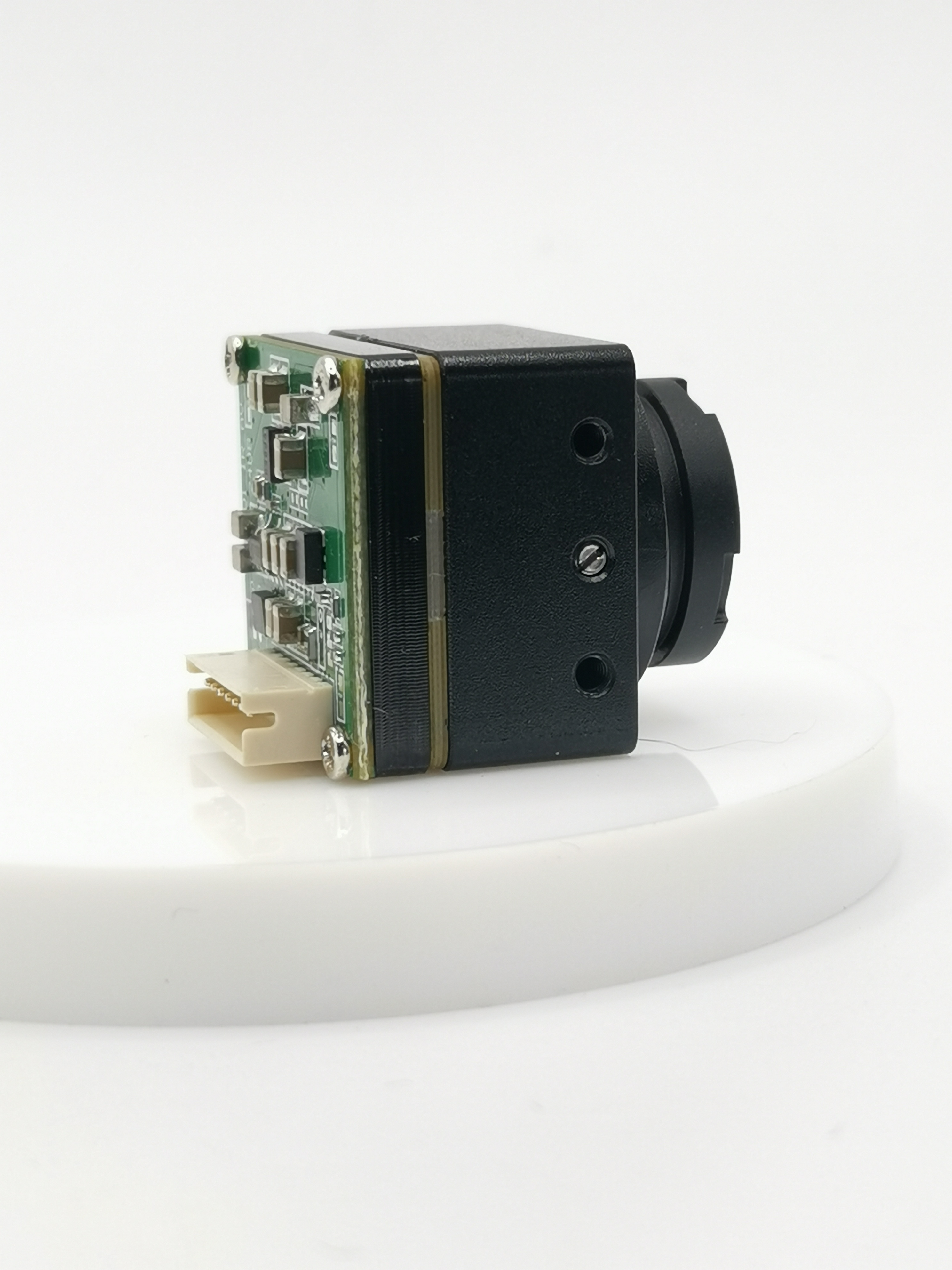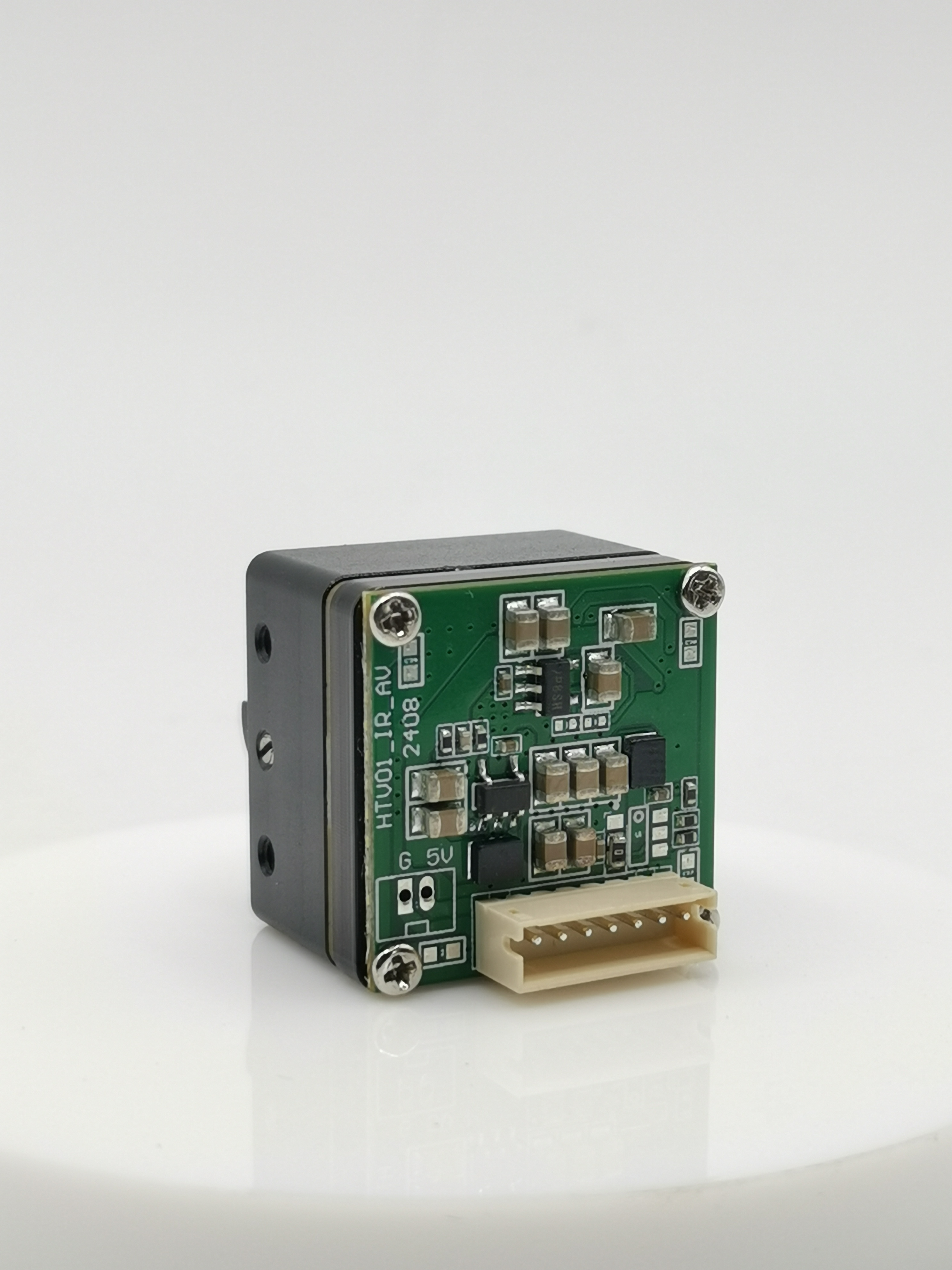What is Heat Seeking Technology and How It Works

To comprehend heat-seeking technology, one must grasp its fundamental principles, diverse applications, and effective countermeasures. This blog aims to enlighten readers on the intricate workings of this innovative technology. As the global market for uncooled heat-seeking devices surpasses $2 billion, it is evident that the significance of this technology is on a steady rise. China's recent breakthroughs in heat-seeking technology have showcased its potential effectiveness, especially in military applications. Additionally, advancements in heat detector glasses have further expanded the utility of this technology. For those curious about how to hide from thermal cameras, understanding the principles behind heat-seeking technology is crucial. Moreover, learning how to make a thermal shield can provide additional insights into countermeasures against such detection methods.
Heat Seeking Technology

Understanding the Principles of Heat Seeking is essential to grasp the functionality and significance of this advanced technology. Infrared Radiation plays a crucial role in detecting heat signatures emitted by various objects. It enables heat-seeking devices to track targets accurately based on their thermal emissions. Additionally, Thermal Imaging enhances the precision of heat detection by converting thermal energy into visible light for analysis.
Heat Detector Glasses, equipped with specialized lenses, serve a vital purpose in various industries. Their Functionality lies in identifying heat sources that are otherwise invisible to the naked eye. These glasses are extensively used in firefighting scenarios to locate individuals trapped in smoke-filled environments or detect overheating electrical components in machinery. The diverse Uses of heat detector glasses extend beyond safety applications, proving valuable in scientific research and industrial inspections.
For individuals curious about creating a Thermal Detector, understanding its Basic Components is the first step towards constructing a functional device. Components such as infrared sensors, signal processors, and display units are essential for accurate thermal readings. The Assembly Process involves meticulous calibration and testing to ensure optimal performance and reliability.
"Military Uses of Infrared Technology" - Various researchers and military personnel have leveraged infrared technology for night-vision goggles, heat-seeking missiles, and countermeasures against threats. Unmanned aircraft utilize IR to detect hot spots and map land mines effectively.
Applications

Military Uses
Missile Guidance
Military applications of heat-seeking technology extend to missile guidance, where the precision and accuracy of infrared tracking play a pivotal role in target acquisition. By utilizing the heat signatures emitted by potential targets, missiles equipped with infrared homing capabilities can effectively lock onto and pursue their objectives. This advanced guidance system ensures that missiles can track moving targets with exceptional accuracy, enhancing the overall effectiveness of military operations.
Surveillance
In military operations, surveillance is a critical aspect that benefits significantly from heat-seeking technology. By leveraging the infrared radiation emitted by objects, military personnel can conduct covert surveillance missions with heightened efficiency. Heat-seeking technology enables surveillance teams to detect and monitor targets even in low-light conditions or obscured environments. Through the integration of thermal imaging systems, military surveillance efforts are bolstered, providing valuable intelligence for strategic decision-making.
Civilian Uses
Search and Rescue
Civilian applications of heat-seeking technology are exemplified in search and rescue operations, where the ability to detect body heat plays a crucial role in locating individuals in distress. Thermal imaging devices equipped with heat detection capabilities enable search and rescue teams to identify survivors trapped in hazardous conditions or natural disasters. The use of thermal detectors enhances the efficiency of search operations, reducing response times and increasing the likelihood of successful rescues.
Firefighting
In civilian settings, firefighting benefits significantly from the integration of heat-seeking technology into operational strategies. Firefighters equipped with thermal imaging cameras can swiftly identify hotspots within burning structures, allowing for targeted firefighting efforts. By detecting sources of intense heat invisible to the naked eye, firefighters can navigate through smoke-filled environments more effectively and prioritize rescue missions based on thermal signatures. The utilization of heat-seeking technology enhances firefighter safety and operational effectiveness during challenging fire suppression scenarios.
By exploring both military and civilian applications, it becomes evident that heat-seeking technology plays a vital role in enhancing detection capabilities across various sectors. Whether guiding missiles with precision or aiding in search and rescue missions, the versatility of this innovative technology continues to redefine operational standards for diverse industries.
Countermeasures
When facing the threat of heat-seeking technology, individuals and organizations must consider effective Countermeasures to mitigate potential risks. Understanding the mechanisms behind Infrared Countermeasure Systems is essential for safeguarding against infrared-guided threats. These systems operate by emitting high-intensity infrared radiation to disrupt and confuse incoming heat-seeking missiles. By generating false targets or overwhelming the missile's tracking sensors, Infrared Countermeasure Systems effectively deter infrared homing projectiles.
To evaluate the Effectiveness of these countermeasures, manufacturers focus on enhancing the speed and accuracy of response mechanisms. By continuously evolving their technologies, manufacturers strive to stay ahead of emerging heat-seeking advancements. The key opportunities for directional infrared countermeasure system manufacturers lie in developing innovative solutions that can effectively neutralize evolving infrared threats.
For those seeking ways on How to Hide from Thermal Cameras, adopting strategic Techniques can provide a tactical advantage in evading detection. Utilizing natural surroundings such as dense foliage or bodies of water can help conceal thermal signatures effectively. Additionally, employing thermal-absorbing Materials like carbon nanotubes or specialized fabrics can minimize heat emissions, making individuals less visible to thermal imaging devices.
Unknown: What Are The Key Opportunities For Directional Infrared Countermeasures System Manufacturers?
Enhancing detection capabilities through the evolution of military applications of infrared technology has been pivotal. Maintaining temperature stability, improving tracking precision, and aiding critical operations are key conclusions drawn from the advancements in heat-seeking technology. The utilization of infrared technology in night-vision goggles, heat-seeking missiles, jamming, countermeasures, and the detection of heat sources like aircraft engines highlights its diverse applications. Moving forward, continuous research and development in this field are essential to drive innovation and enhance operational effectiveness across various sectors.
See Also
Selecting the Best Thermal Camera Drone for Hunting in 2024
Innovations in Small Thermal Camera Technology for Drone Imaging
Perfecting Drone Surveillance with Thermal Imaging Camera Systems
The Progression of Drone Attachment Thermal Imaging Technology in 2024
Contact Us: Ms. Coco Huang
E-mail: sales@iasun.cn
WhatsApp/Wechat: +86 13510421923

